Amir Ziaee
SAGC-A68: a space access graph dataset for the classification of spaces and space elements in apartment buildings
Jul 10, 2023Abstract:The analysis of building models for usable area, building safety, and energy use requires accurate classification data of spaces and space elements. To reduce input model preparation effort and errors, automated classification of spaces and space elements is desirable. A barrier hindering the utilization of Graph Deep Learning (GDL) methods to space function and space element classification is a lack of suitable datasets. To bridge this gap, we introduce a dataset, SAGC-A68, which comprises access graphs automatically generated from 68 digital 3D models of space layouts of apartment buildings. This graph-based dataset is well-suited for developing GDL models for space function and space element classification. To demonstrate the potential of the dataset, we employ it to train and evaluate a graph attention network (GAT) that predicts 22 space function and 6 space element classes. The dataset and code used in the experiment are available online. https://doi.org/10.5281/zenodo.7805872, https://github.com/A2Amir/SAGC-A68.
Batch Layer Normalization, A new normalization layer for CNNs and RNN
Sep 19, 2022
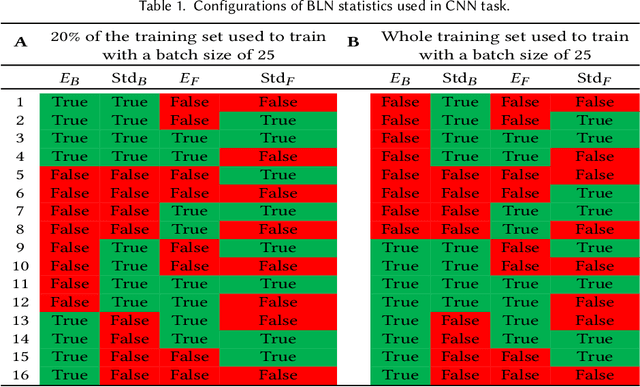
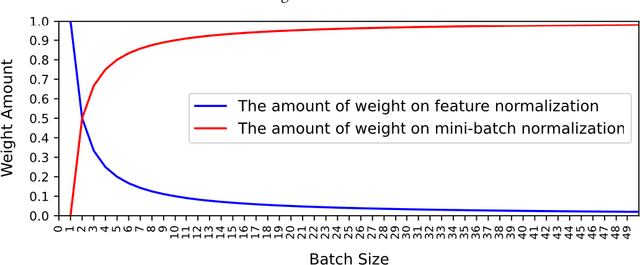
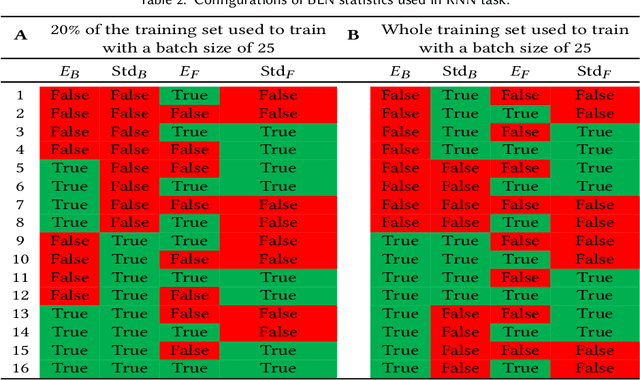
Abstract:This study introduces a new normalization layer termed Batch Layer Normalization (BLN) to reduce the problem of internal covariate shift in deep neural network layers. As a combined version of batch and layer normalization, BLN adaptively puts appropriate weight on mini-batch and feature normalization based on the inverse size of mini-batches to normalize the input to a layer during the learning process. It also performs the exact computation with a minor change at inference times, using either mini-batch statistics or population statistics. The decision process to either use statistics of mini-batch or population gives BLN the ability to play a comprehensive role in the hyper-parameter optimization process of models. The key advantage of BLN is the support of the theoretical analysis of being independent of the input data, and its statistical configuration heavily depends on the task performed, the amount of training data, and the size of batches. Test results indicate the application potential of BLN and its faster convergence than batch normalization and layer normalization in both Convolutional and Recurrent Neural Networks. The code of the experiments is publicly available online (https://github.com/A2Amir/Batch-Layer-Normalization).
SFS-A68: a dataset for the segmentation of space functions in apartment buildings
Sep 13, 2022
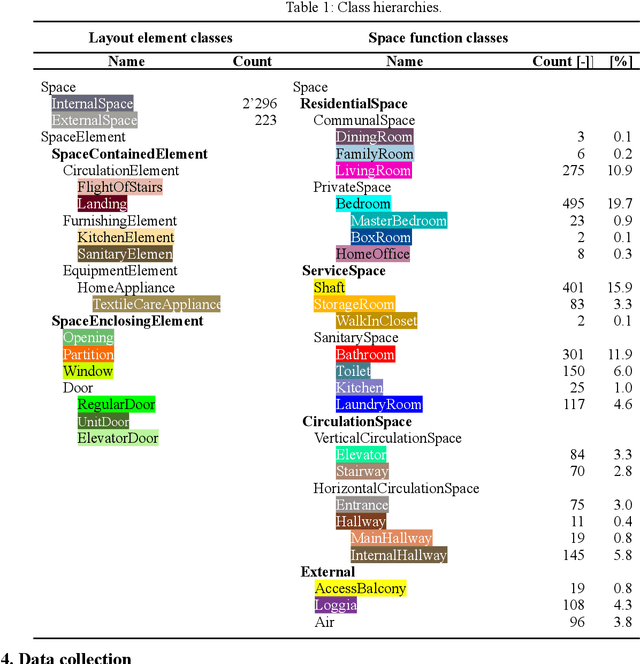
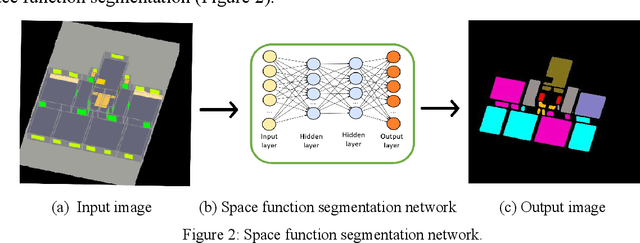
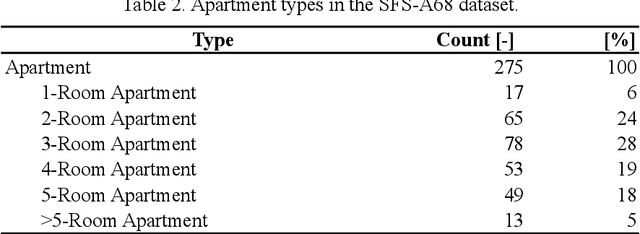
Abstract:Analyzing building models for usable area, building safety, or energy analysis requires function classification data of spaces and related objects. Automated space function classification is desirable to reduce input model preparation effort and errors. Existing space function classifiers use space feature vectors or space connectivity graphs as input. The application of deep learning (DL) image segmentation methods to space function classification has not been studied. As an initial step towards addressing this gap, we present a dataset, SFS-A68, that consists of input and ground truth images generated from 68 digital 3D models of space layouts of apartment buildings. The dataset is suitable for developing DL models for space function segmentation. We use the dataset to train and evaluate an experimental space function segmentation network based on transfer learning and training from scratch. Test results confirm the applicability of DL image segmentation for space function classification. The code and the dataset of the experiments are publicly available online (https://github.com/A2Amir/SFS-A68).
* Published in proceedings of the 29th International Workshop on Intelligent Computing in Engineering, EG-ICE 2022, Aarhus, Denmark. https://doi.org/10.7146/aul.455.c222
 Add to Chrome
Add to Chrome Add to Firefox
Add to Firefox Add to Edge
Add to Edge